One Stage Grinding And Floating Process VS Stage Grinding And Floating Process
Flotation is a beneficiation method widely used in current concentrators. Different ore properties determine different flotation processes. According to the number of sections of the flotation process (the number of combined ore grinding and flotation), the common flotation process can be divided into a stage grinding and flotation process and a stage grinding and flotation process.
What is the difference between these two flotation processes?
1. One stage of grinding and floating process
After grinding once, the ore has been ground to a particle size that can be floated. And any flotation product does not need to be re-grinded, it is called a one-stage grinding and flotation process. The one-stage grinding and flotation process is suitable for ore with a relatively uniform distribution of useful minerals, relatively coarse particle size, and not easy to silt.
2. Stage grinding and floating process
If a certain flotation product needs to be re-grinded and re-selected one or more times, it is called the stage grinding and flotation process. The common stage grinding and floatation process is mainly the two-stage grinding and floatation process, including the concentrate regrinding process, medium ore regrinding process, and tailings regrinding process. The stage grinding and flotation process is mostly used to process ores with a more complex particle sizes of useful minerals, or the ores that are prone to muddy during the grinding process.
How to choose?
In the actual production process, the selection of the number of stages is often determined according to the particle size of the mineral intercalation.
1. Coarse ore uniformly embedded
The crystal size of useful minerals is relatively coarse and uniform. When the ore is ground to the upper limit of the particle size that can be floated, the useful minerals can basically achieve monomer separation. At this time, a stage of grinding and flotation process (flotation after rough grinding) can be used to obtain qualified concentrates and discarded tailings.
2. Evenly disseminated fine ore
If the useful mineral crystal size is fine and uniform, it usually needs to be ground to below -0.074mm to make the useful minerals basically achieve monomer separation. To process this type of ore, a one-stage grinding and flotation process with two grindings and one selection can be used. When the impregnation particle size is fine and not uniform, and the particle size range for monomer separation is wide, a two-stage grinding and flotation process in which the first stage of flotation ore is reground and then selected can also be used.
3. Uneven disseminated ore
This kind of ore is more common, and the two-stage grinding and floating process of medium ore or tailings regrind and reselection is mostly used. First, coarse-grinding is used to separate the coarse-grained monomers, and part of the qualified concentrate is selected. Then regrind and re-select the middle or rich tailings in conjoined form.
4. Disseminated ore aggregates
In some polymetallic sulfide ores, several useful minerals impregnated with fine particles often exist in the form of coarse aggregates. To process this type of ore, a two-stage grinding and flotation process of the first stage of flotation concentrate regrind and reselection can be used. In the first stage, the useful mineral aggregates are separated from the gangue, and the mixed concentrate is selected, and then the mixed concentrate is re-grinded and re-selected so that various useful minerals can be separated from each other.
5. Complex ore inlaid dyeing
If the ore has both the characteristics of uneven dip and aggregate dip, the first stage of flotation rich tailings regrinding and the first and second stages of flotation mixed concentrate regrinding and reselection can be used in a two-stage grinding and flotation process.


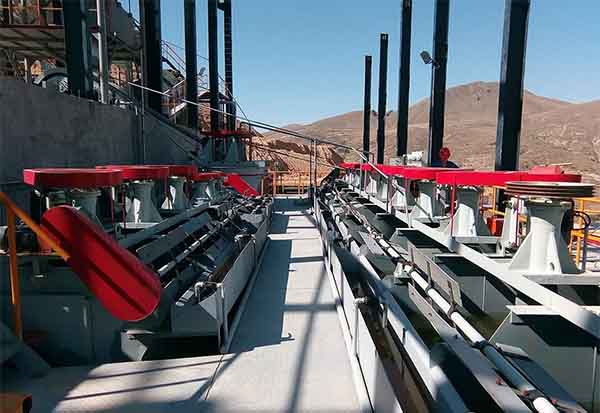
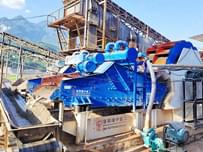
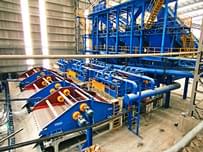
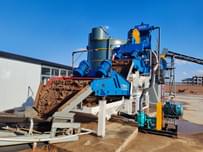
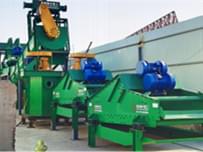
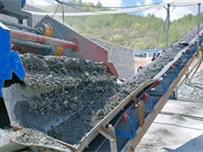
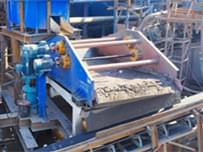
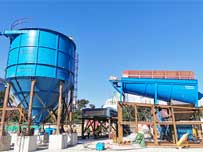
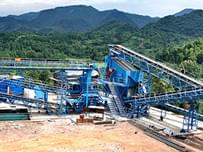




Send Message
Please write down your requirement and contact details in the following form. You can also send a message to us by this email export@lylzzg.com, we will reply to you within 24 hours.